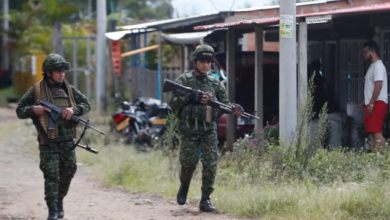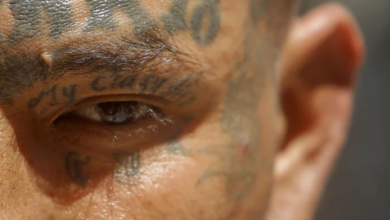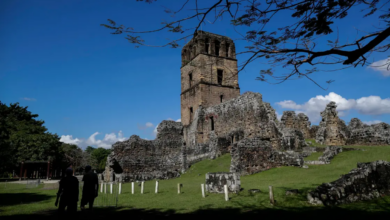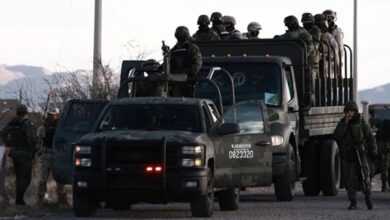U.S. and Panama Push for 5,500-Troop Gang Suppression Force in Haiti as Crisis Deepens
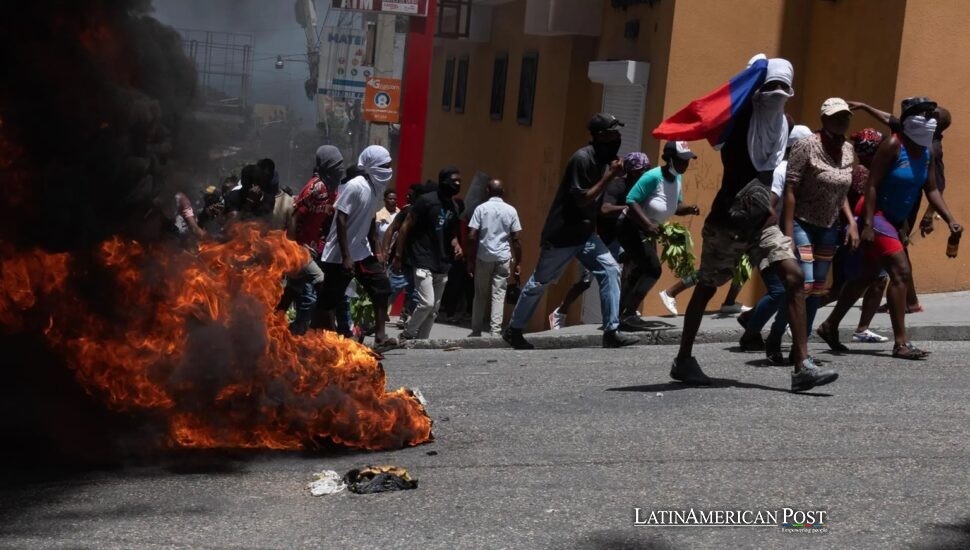
With gangs now controlling 90% of Port-au-Prince, the U.S. and Panama are urging the U.N. to approve a muscular international force to help restore order in Haiti—one with the power not just to support, but to detain and dismantle.
A Force That Can Arrest, Not Just Assist
The language is shifting—and so is the mission. What began as a modest Kenya-led support mission to help stabilize Haiti has now morphed into a bold new proposal. The U.S. and Panama want the United Nations to authorize a 5,550-person force empowered not only to support but to arrest, detain, and dismantle gangs.
A six-page draft resolution now circulating at the U.N. Security Council lays out the ambition: this isn’t just peacekeeping. This is a targeted, intelligence-led campaign to neutralize Haiti’s most entrenched criminal networks. The force would operate with Haitian government coordination but have the authority to act independently.
The resolution, obtained by the AP, calls for 12 months of authorization, with the option to renew. And it doesn’t shy away from the reality: the current mission—understaffed, underfunded, and under 1,000 strong—has failed to match the firepower and territory held by the gangs.
Acting U.S. Ambassador Dorothy Shea made the message clear: a Gang Suppression Force is no longer a wish—it’s a necessity.
A Capital in Collapse, and a Nation Without a President
Haiti’s freefall didn’t begin yesterday. But since the assassination of President Jovenel Moïse in 2021, it has plummeted into something close to anarchy.
The government remains headless. Elections are years overdue. Gangs have filled the vacuum, not only seizing power but expanding it. Once dominant in certain slums, they now control an estimated 90% of Port-au-Prince and have pushed deeper into the countryside.
Their crimes no longer follow the shadows. Looting, kidnapping, rape, and targeted killings are now routine. Schools have shut down. Aid convoys can’t pass. Hospitals are fortified—if they’re open at all.
The hope once placed in the Kenyan-led Multinational Security Support mission has been eroded by grim math: 2,500 troops were promised; fewer than 1,000 have arrived. And of those deployed, many lack equipment, funding, or authority to intervene effectively.
The U.N. Secretary-General acknowledged as much in February: the mission is outgunned. Now, the U.S. and Panama want to rewrite the playbook—from reluctant assistance to strategic suppression.
New Rules, New Mandate, and a Bigger Footprint
Under the new draft, the Gang Suppression Force wouldn’t just stand behind Haitian police—it would act.
With 5,500 uniformed personnel and 50 civilians, the force would be empowered to conduct independent operations, target gang leadership, and protect key infrastructure—airports, ports, schools, and hospitals.
The draft resolution includes clear language: the force would be allowed to “detain and arrest Haitians”, an authority that few international peacekeeping missions have been granted in the past.
The vision isn’t just to confront gangs in firefights. The goal is to isolate them, cut off their supply chains, and dismantle the structures—both physical and economic—that allow them to thrive. That includes protecting Haiti’s porous ports and borders, where weapons and ammunition flow in as easily as goods.
Also included in the draft: support for the Haitian armed forces and police in combating arms trafficking and black-market supply networks—a nod to the international dimensions of Haiti’s domestic crisis.
Still, there are gaps in the resolution. It does not specify which countries will contribute troops. Kenya remains the symbolic leader, but whether it can or will supply thousands more personnel remains unclear.
The plan also relies on voluntary financial contributions, which could leave the mission vulnerable to underfunding once again. But the U.S. and Panama are betting that a more explicit mandate—and a wider recognition of the crisis—will unlock international support.
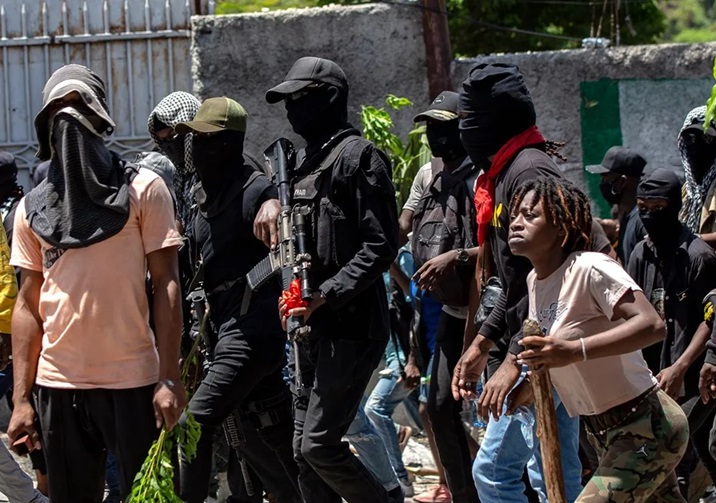
EFE@Mentor David Lorens
A Ticking Clock Before the Mission Expires
Time is short.
The current U.N. mandate for the Kenya-led force expires October 2. A vote on the new resolution is expected by the end of this month. In diplomatic terms, that’s a blink.
Every day the gangs tighten their grip, the situation becomes harder to reverse. Humanitarian workers now describe Port-au-Prince as a patchwork of “no-go zones.” Warlords rule entire neighborhoods. Access to clean water, electricity, and health services is deteriorating by the week.
And yet, many in the region are hesitant. Memories of past interventions—especially those marred by scandal or heavy-handed tactics—still hang over Haiti’s political landscape. The success of this new force will likely hinge not just on its rules of engagement, but on its ability to act decisively without inflaming local distrust.
In private meetings, U.N. officials have emphasized coordination with Haitian institutions and respect for human rights. The goal, they say, is not occupation—it’s stabilization.
Also Read: Argentina’s Missing Painting Sparks Hunt for Nazi-Looted Art and Unburied Truths
But on the ground, semantics offer little comfort. What Haitians need is safety. What the U.N. needs is a mandate strong enough to deliver it. And what the world must now decide is whether it has the will to finally match its words with the muscle Haiti’s crisis demands.
Because in Port-au-Prince, the gangs aren’t waiting.

